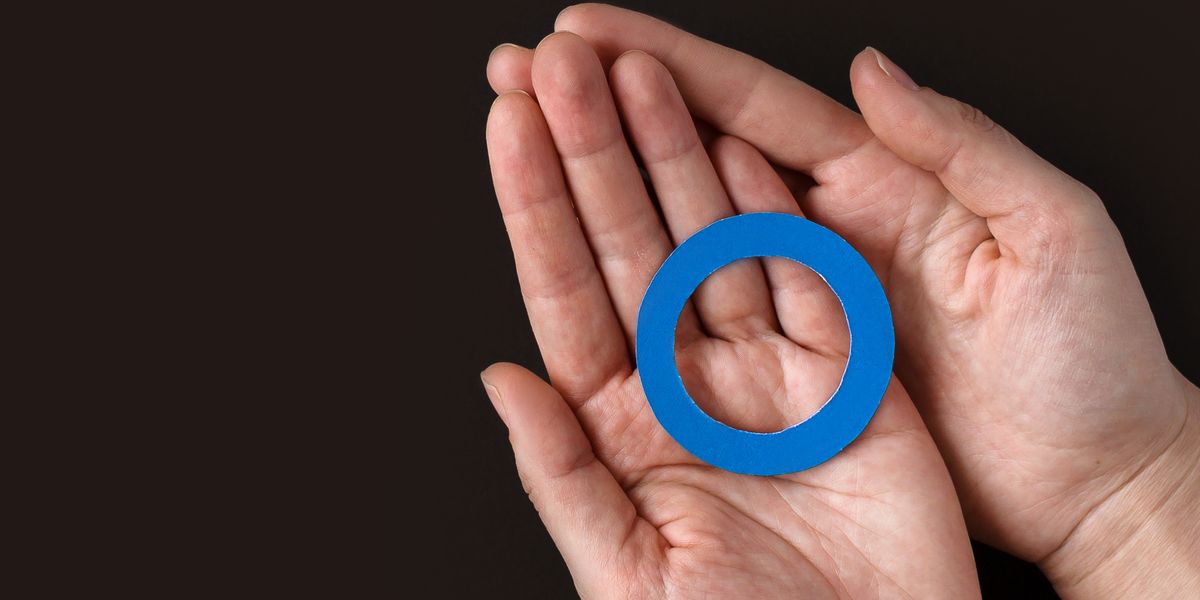Some of the changes you need to make when you are diagnosed with diabetes may feel immense – but if you think about it, every significant change in life actually involves lots of small changes, which over time equate to real progress in a particular area.
That is why it is crucial to break big lifestyle changes into small, manageable action steps.
For example, if your goal is to get to a healthy weight when you’ve spent all your adult life being overweight, this is likely to feel like a huge shift – perhaps the biggest life change you’ve ever contemplated.
Some people love these huge goals, but for others, just focussing on the big end goal may feel overwhelming and may trigger doubts about whether this big change is really possible.
For that reason, the final goal may need to be broken down into small, achievable tasks that are small enough to be completed on a daily basis. An example of this might be:
- Doing research on the internet (perhaps on the Diabetes Forum ) into people who have successfully lost weight
- Seeking out someone who has already achieved what you’ve desired and talking to them about how they did so
- Making an appointment with a dietician/nutritionist about starting a weight loss regime
- Reading some health magazines with success stories of people who have successfully lost weight
These are much more achievable and actionable and things you can do to move you towards your goal right now.
It’s easy to see that by just completing small actions daily, weekly and monthly you will be moving ever closer to your goal.
The momentum of achieving progress on your goals in this way can be so motivating.
Use the chart below
Now is your opportunity to see for yourself! Use the chart below to list your goal and the small steps you need to take to achieve them.
Now you have a clear sense of the actions you need to make your desired diabetes goal a reality, the next step is to refine the goals you have so that they are SMART goals:
- Specific – The goal is well defined
- Measurable – The goal is able to be tangibly measured by an outside observer
- Attainable – The goal is obtainable
- Realistic – The goal is within the availability of resources, money and time
- Time Bound – There is a time limit to the goal – enough time to achieve it but not too much time, as this can be counter-productive.
| Goal | Small steps to move me towards this goal | Deadline to achieve it by? |
|---|---|---|
| Begin to test my blood glucose | Doing research on the Internet into the pros and cons of different testing equipment | 1 week |
| Talking to someone with diabetes (perhaps virtually, on a diabetes internet forum) about their experiences | Join a forum this week | |
| Gain confidence in talking to my doctor about diabetes | Borrow a book from the public library about communication skills | Go to the library on Saturday |
| Write down the main points of what I want to say and role play the conversation with a family member/friend | By the end of the month (state specific date) |
- Download the table above, so you can fill it out: Set your goals [PDF]
For example:
- To lose weight is a goal
- To weigh 10 stone by 31 December 2023 is a SMART goal, as it includes the five elements listed above
Let’s look at each of these factors in more detail.
Specific
The first point is to be as specific as possible. So rather than just stating a general goal like I want to lose weight or ‘I want to exercise more’ the important part is to be very specific.
If you just say that your goal is to lose weight then you have achieved this goal whether or not you’ve lost one pound or one kilogram. So being specific is very key, because it allows you to measure your success and is a clear indicator of whether or not you’ve met the goal.
Measurable
It is important that you can objectively observe whether you’ve reached the goal or not. So in the case of weight loss – the weighing scales will show whether or not you’ve achieved the goal or not – there is objective evidence that is based on fact, not just a feeling.
Likewise if you want to test your blood glucose more frequently and you state you will test twice per day – someone else can objectively witness the achievement or non-achievement of this goal.
Attainable
So why is it so important to set attainable goals? The goal needs to be achievable to ensure you don’t get disheartened with progress if it is impossible to meet it.
For example, if your barrier is about eating and weight, then perhaps your goal might be, I will lose 2 stone in weight – something that you know is achievable for you. You may need to get some help at this stage from your healthcare team to think about whether it is indeed an achievable goal given your current circumstances.
If you have a very big goal to lose a lot of weight then you may need to break down this large overall goal into smaller goals to help you stay on track – taking it 1 stone or 10 kg at a time.
You also need to consider your personal circumstances. If your goal is to test your blood glucose three times a day but you currently never test and have a family of young children to care for, a more achievable goal to begin with may be to test once a day. This can always be reviewed and increased at a later date.
Realistic
It’s also important not to reach for the stars too soon with goal setting. Taking baby steps is really important. Although small steps can sometimes seem insignificant, the idea is that they’re easy and they don’t move you too far out of your comfort zone.
However, over the course of a week, or a month, or three months, or 6 months, or a year…. all of those baby steps of moving you in the right direction will have had a cumulative effect.
So for example if one of your actions is to cut out the biscuit you eat with your mid-morning cup of tea – it might seem like a small thing but over the course of the year it is likely to show a really dramatic difference on the weighing scales.
Time bound
It is crucial to have a time by which you will achieve the goal so that you are motivated to maintain momentum. You might like to be in time for a particular event such as a holiday or your birthday – e.g. by my birthday I will be 10 stone 5 pounds.
However it is also important to take it slow and be patient. Personal change is challenging and working through this home study system is personal change, albeit in the area of health.
Many people get frustrated and want to see personal change straight away, over night if possible!
But the difficulty is that the problem has most likely become a problem over a long period of time. For example with weight gain, this can often occur just by eating a relatively small amount of additional calories each day.
So the problem has arisen in a small and steady way and in just the same way the problem will be solved in a slow and steady way.
So it is important to emphasise that you do need to be patient – but like everything in life if you take consistent action on your goals you will get the desired result in the end.
This is similar to when you learned how to drive a car or developed some other new skill and the advantage of this is that because it’s a lifestyle change rather than a quick fix; you’ll be able to improve your health in a much more sustainable and long lasting way.
Take a moment now to turn to write out the next goal you plan to action, ensuring it is as SMART as possible.
| My SMART diabetes goal | ||
|---|---|---|
| Specific | ||
| Measurable | ||
| Attainable | ||
| Realistic | ||
| Time Bound | ||
- Download the table above, so you can fill it out: SMART goals [PDF]
The final point about goal setting is to focus on immediate action. So while you’re sitting here now I want you to write down something that you can do immediately, before the end of the day, some very small task that will get you moving towards progress and a different future for yourself.
So this could be something like spending 5 minutes before the end of the day reviewing your goals, making a healthy choice at dinner e.g. some fruit for dessert, making sure your blood glucose testing kit is in order, whatever is relevant to your goal.
It doesn’t have to be a complete overhaul of your usual routine but rather some small action that you can do with relative ease to symbolise that you are starting afresh with a new sense of purpose towards your goals.
This is one of series of Psychology articles by Dr Jen Nash, a Clinical Psychologist who has been living with type 1 diabetes since childhood.





